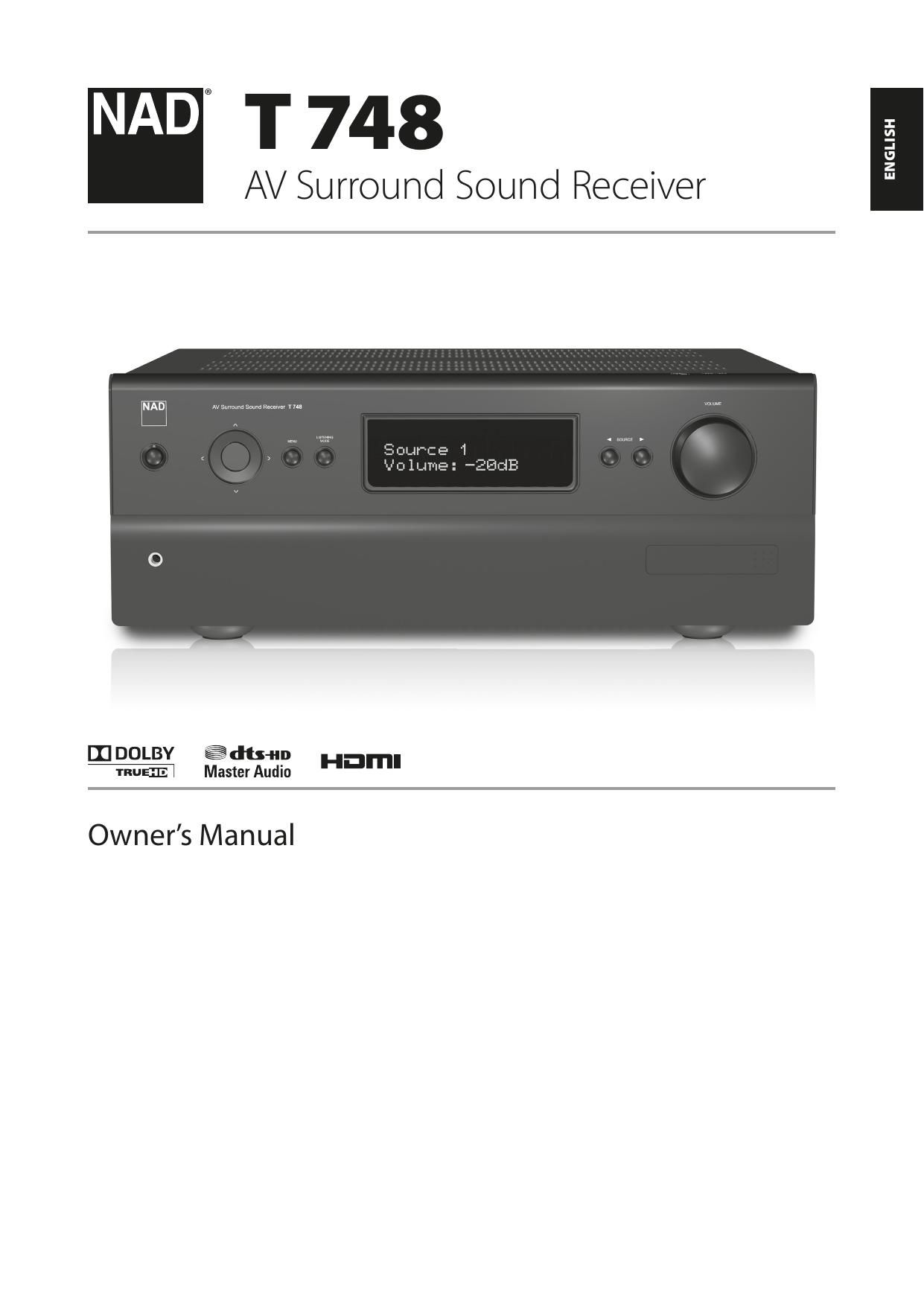Nad T 748 AV English Owners Manual
This is the 40 pages manual for Nad T 748 AV English Owners Manual.
Read or download the pdf for free. If you want to contribute, please upload pdfs to audioservicemanuals.wetransfer.com.
Page: 1 / 40
